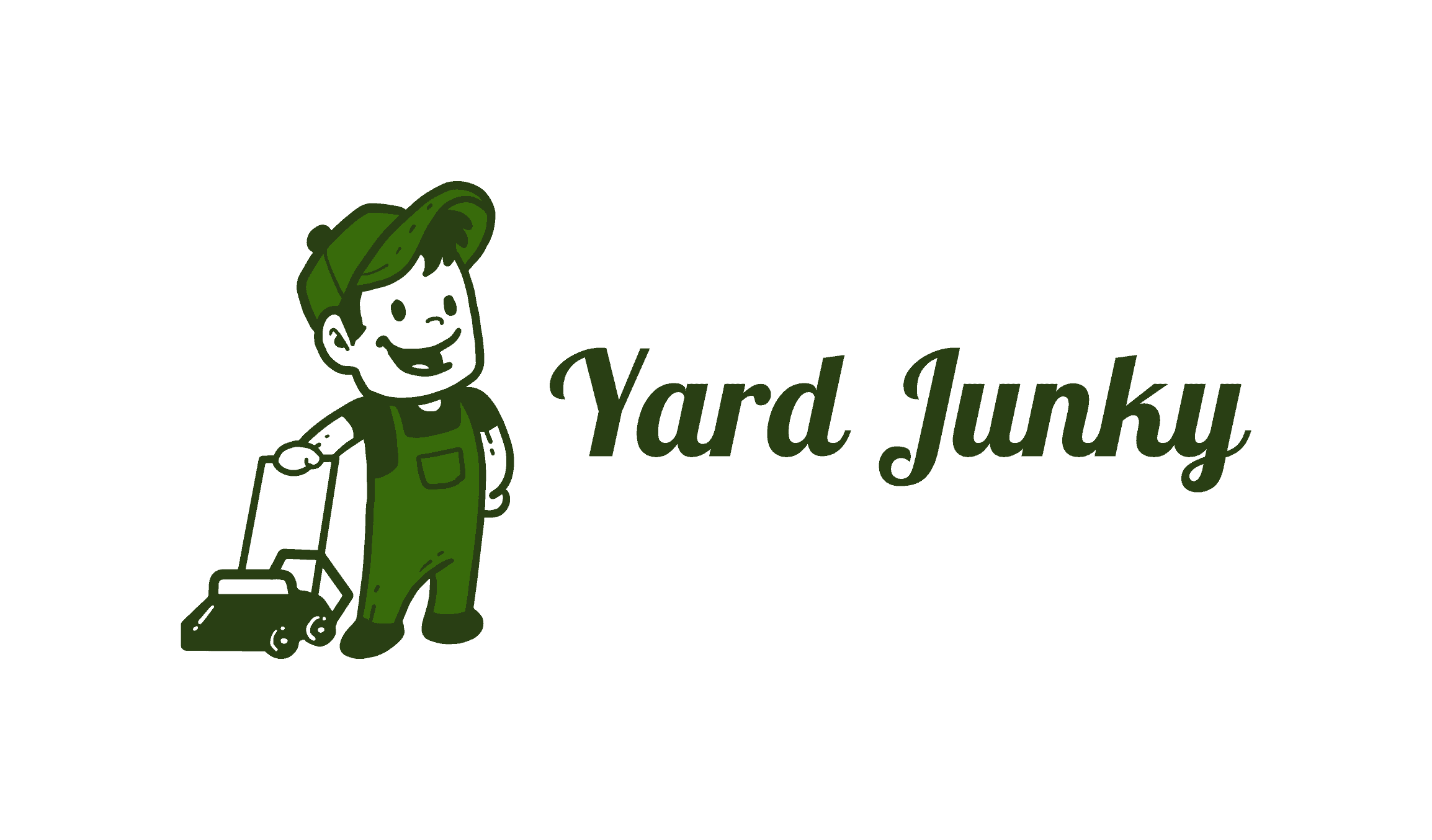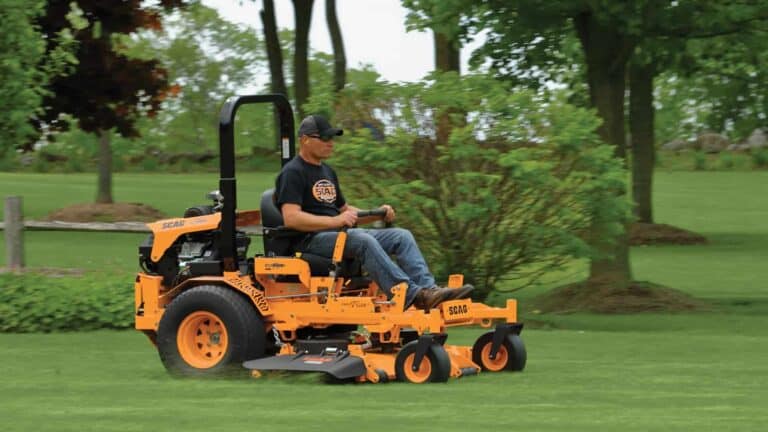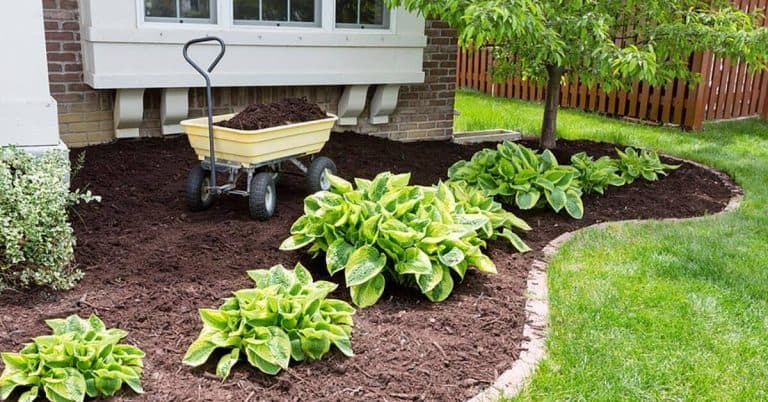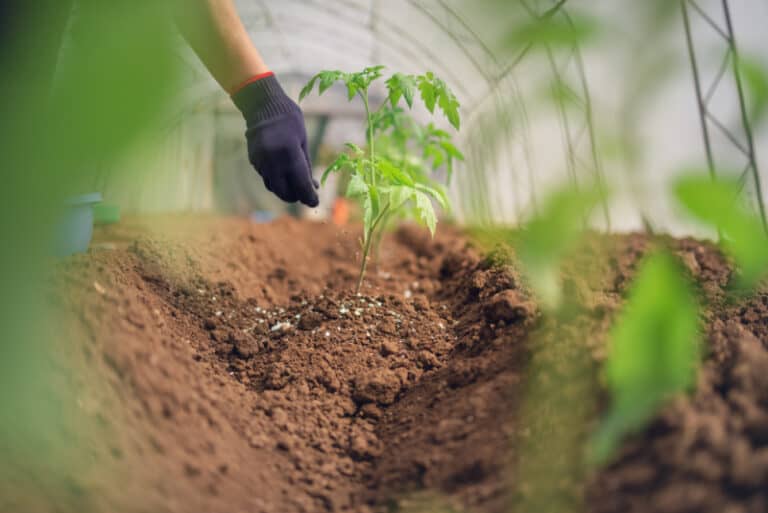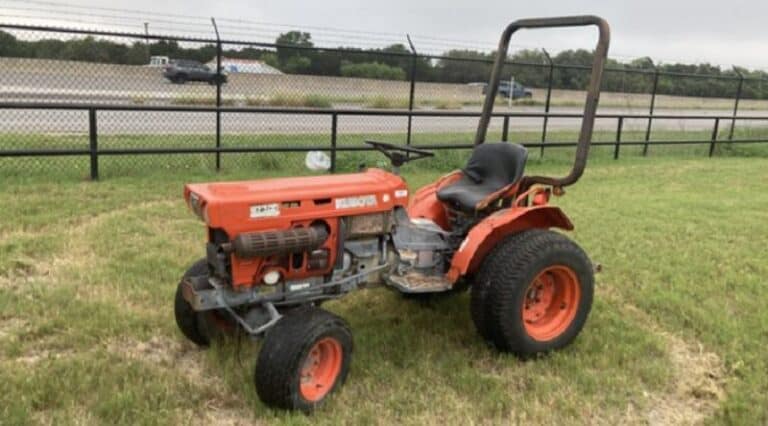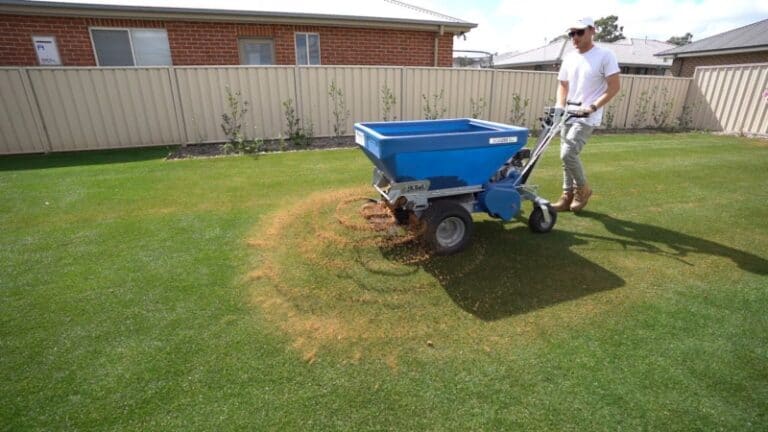How to Remove Dead Grass after a Roundup: A Guide
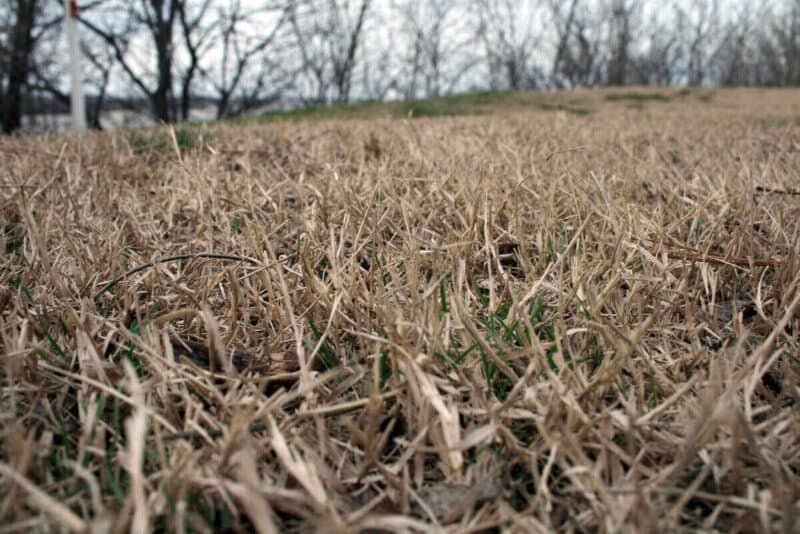
One of the best ways to eliminate unwanted grass and clear an area is to spray RoundUp. This weed and grass killer is great for quickly eliminating the grass growth in the area and getting your project underway. Once you spray RoundUp on your grass, it will die quickly and you will need to know how to remove the dead grass. There are a few ways to remove the dead grass, and you can choose your preferred method based on how much labor and time you want to put into it.
What Exactly Is RoundUp?
One of the most popular weed killers on the market, RoundUp comes in a convenient spray that has already been mixed with the concentrate and a sprayer. You can choose from several types, depending on the grass and weeds that are growing in the area that you need to clear. Once you spray it on the grass that you want to eliminate, you will start to notice it dying that same day and be completed dead grass only a couple of days later. After the roots of the grass are dead, and the grass has died, you will need to remove it, so you can move forward.
Grass Removal Options
These options are listed in the order of labor-intensive to minimal work when looking for how to remove dead grass. If the grass is high when it was sprayed, it could cause more of a mess to clean and remove.
- Rake the dead grass
- Till the dead grass
- Sod Cut the dead grass
- Mow the dead grass
Raking the Dead Grass
For small areas, it is easy to rake up the dead grass once it has dried out completely and is brittle to the touch. Longer grass will start to break off and will linger in the lawn like leaves and other debris that is easy to rake up. You do want to make sure you get a metal rake or one that is made of good quality so you are pulling the roots out of the ground. If you try to pull up the dead grass with a cheap rake, you will find yourself spending more time and money having to purchase a new rake. If you have a large area to remove dead grass, you can still use this method, but keep in mind that this is really labor-intensive and could take a few hours.
Till the Dead Grass
If you are planning to dig up the roots, you can do a surface dig, but you may not get all of them. You may also spend a lot of time raking through hard grass. If you till the dead grass, you can easily use a shovel to pull up the dead grass and clear out the area. Tilling allows you to soften the dirt and access the area easily. This is a good option for moderate-sized areas that you are planning to resurface with concrete, or pavers, or use to plant a crop in the near future.
You can till manually or use a till operator. If you use a manual till, it will take a little longer, especially if the area is several hundred square feet. If you have an automatic tiler, this can get the work done for you in a fraction of the time. All you will really need to do is have some shovels and a wheelbarrow available to put the dead grass inside.
Use a Sod Cutter to Remove Dead Grass
Another option that works faster than an automatic tiller is a sod cutter. This machine goes just under the grass and pulls the grass from the surface of the soil. You can use this to cut large areas at once so that you reduce the amount of time and labor. If you are covering the dead grass with something else, the surface takes it away, so concrete is easy to pour or a foundation laid. Although this is the fastest option, it is not always available. Not everyone has a sod cutter in their shed to use for DIY projects.
Mow The Dead Grass
Most homeowners do have a lawnmower and can use this as an option on how to remove dead grass. Whether you want to use a pushmower, a riding lawnmower, or a tractor with a finishing mower attachment, the quickest and easiest way to remove the dead grass is to mow it. You can wait to mow the grass when you are cutting grass over your property, getting it all done at once. The only thing you need to do before mowing is to make sure the RoundUp is no longer active if you plan to cut dead grass with live grass. If the RoundUp is still active, it could get into the other grass area. Also, the lawnmower doesn’t pull the roots out of the ground, like tilling or even raking.
Control The Area After RoundUp
If your lawn hasn’t had any rain since you sprayed the RoundUp on the affected area, you may want to make sure you counteract the rest of the RoundUp so that it doesn’t keep spreading. If you sprayed in an area that is close to ornamental plants and shrubs, the RoundUp could get into those roots. Make sure you spray the area with an area for a few minutes so that it balances the weed killer and prevents it from causing further damage.
After about five days of spraying the RoundUp, you need to add a small amount of alkaline material to the area like baking soda from your pantry. If you have garden lime, that will work also, but it may be easier and more efficient to just grab some baking soda that can be purchased anywhere and add it to the area. This will balance out any damage the RoundUp did to the area and maintain the health of the soil. This is incredibly important if you are planning to plant new flowers, shrubs, or vegetables in that area.
How Long Does RoundUp Last?
Once you know how to remove dead grass after using RoundUp, you need to know how long the effects of that RoundUp will last. In many cases, you should not see any new grass growth in the area for three to six months. At that time, you may need to spray again, especially if the weather conditions have been favorable for a growing season. If you counteract the RoundUp too soon, it may not get deep enough in the roots and only last three to four weeks before you start to see new grass coming back up. It is important to give it time to get down into the roots so that the chances of the grass coming back is minimal.
When Should You Spray RoundUp For The Best Effect?
Depending on what type of grass you are trying to eliminate, you need to spray RoundUp before its peak season and again right after. For example, if you are trying to eliminate centipede grass from an area, you want to first spray in the spring as the grass is starting to grow. The RoundUp will expire the roots and the grass will stop growing. Throughout the summer months, the roots that were not completely destroyed will start to come back and show life.
At the end of August and during the peak of summer, you will want to spray again so that the roots die off again. By the time the grass attempts to come back a second time, the ground will start to turn cool and will not be in ideal conditions. All of the grass will die or go dormant throughout the winter.
Do I Need To Spray A Second Round of RoundUp?
Depending on how large the area that you are spraying is, you may need to spray over it again in a couple of days to make sure you have got all of the grass. Before you start on the how-to-remove dead grass process, you need to verify that all the grass you wanted to remove is dead and not still growing. If you see that there is still green grass, you will want to do another round of spray. Keep in mind that this will double the acidic effect on the soil, so you may want to splurge for the garden lime when it is time to recover the soil.
You can also read:
